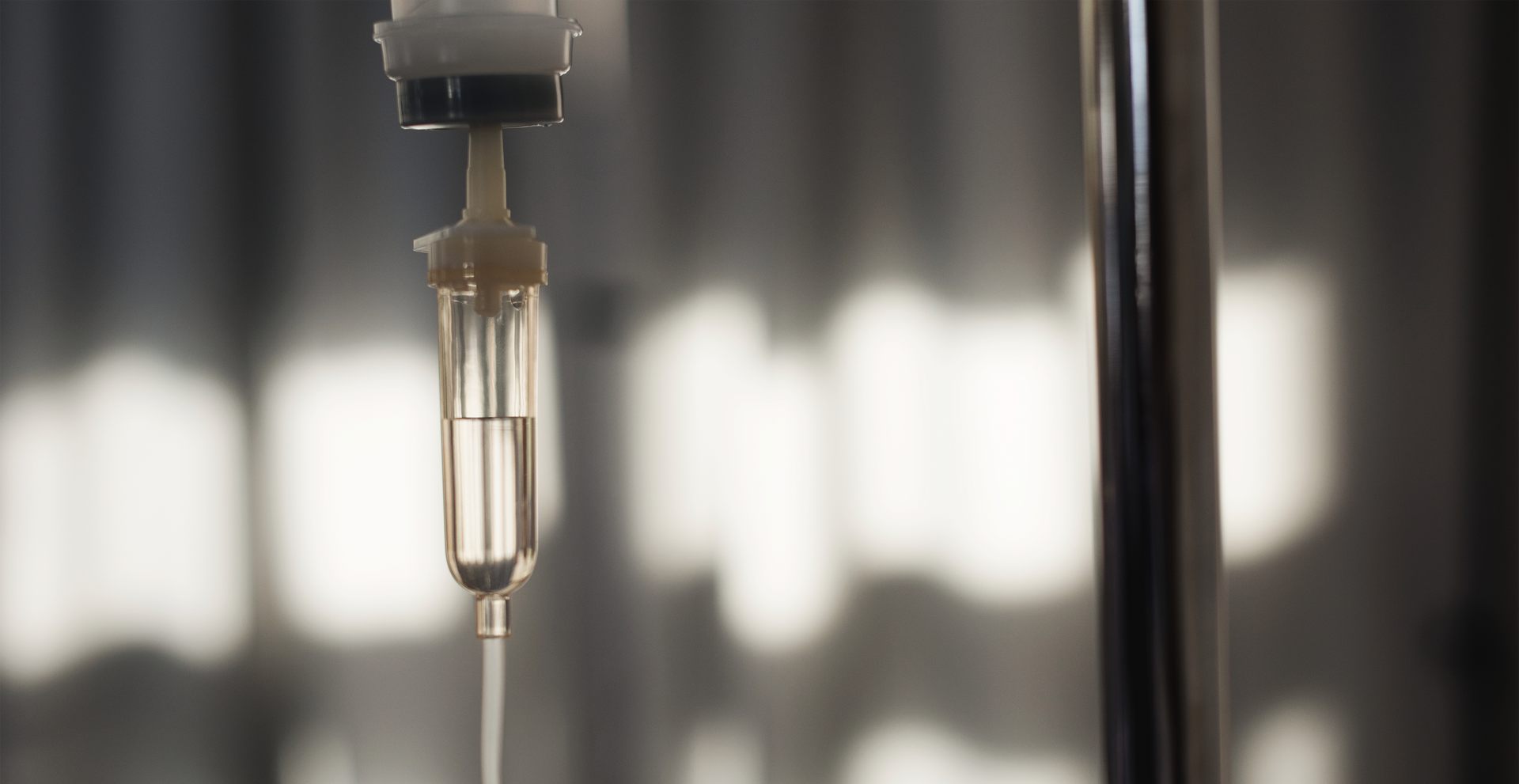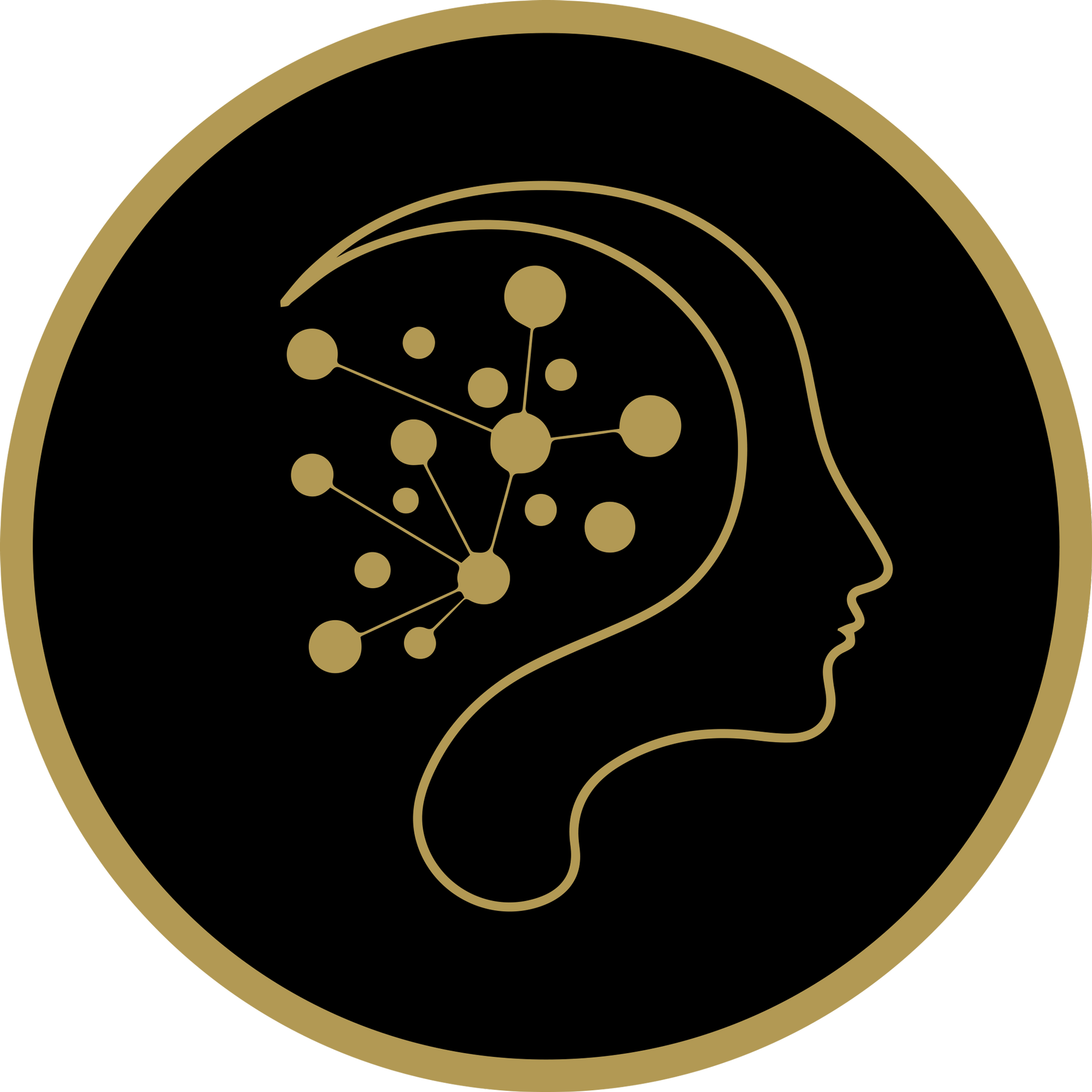Different TMS Protocols for Mental Health Treatment
At TMS Clinic of Southwest Florida, we know that no two patients are the same. That’s why we use different transcranial magnetic stimulation (TMS) protocols depending on each person’s condition and needs. In this article, we’ll explain how TMS works, the different protocols available, and how they are applied to specific psychiatric disorders.
How Does Transcranial Magnetic Stimulation (TMS) Work?
Your brain communicates through electrical activity. Brain cells, called neurons, send signals to each other along networks known as neural circuits. These circuits process information about the world around you and guide how you think, feel, and act.
In mental health conditions, some of these circuits may not work as they should. They can become overactive or underactive, which may contribute to persistent, distressing thoughts, emotions, or behaviors. For example, circuits involved in regulating mood can become disrupted, playing a role in depression or anxiety.
Transcranial magnetic stimulation (TMS) is a treatment that uses brief magnetic pulses to stimulate specific areas of the brain. Depending on the approach, TMS can either increase or decrease neural signalling. With repeated sessions, TMS can help strengthen and rebalance neural circuits, supporting brain function over time.
Types of TMS Protocols
There isn’t just one way to deliver TMS. There are several evidence-based protocols, with benefits suited to the unique needs of each individual.
Repetitive TMS (rTMS)
Repetitive transcranial magnetic stimulation (rTMS) is the most common and well-researched type of TMS. In this treatment, a coil is placed on the scalp over a specific brain region. The coil delivers repeated magnetic pulses that can either increase or decrease activity in that area, depending on the stimulation frequency.
Unlike single-pulse TMS, rTMS is given across multiple sessions. A typical treatment plan involves daily sessions, five days a week, for about 4 to 6 weeks. Each session usually lasts 20 to 40 minutes.
Accelerated TMS (aTMS)
Accelerated TMS (aTMS) is a newer approach designed to shorten the overall treatment timeline. Instead of spreading out sessions over several weeks, aTMS delivers multiple sessions per day across just a few days or weeks. For example, a person might receive 5–10 short sessions in a single day, with breaks in between, over the course of one to two weeks.
This method may most benefit patients who need faster relief from symptoms, such as those at risk of suicide.
Intermittent Theta Burst Stimulation (iTBS)
Intermittent Theta Burst Stimulation (TBS) is a specialized form of TMS that delivers pulses in a pattern that mimics natural brain rhythms, specifically the brain’s theta frequency (a rhythm linked to learning and memory).
A key advantage of iTBS is its speed: sessions usually last only 3 to 10 minutes, compared to the 20 to 40 minutes required for standard rTMS. The shorter session length makes it easier to fit into daily life for people with busy schedules.
Deep TMS (dTMS)
Deep TMS (dTMS) uses a specially designed coil, called an H-coil, which allows the magnetic pulses to reach deeper brain structures than standard TMS. The treatment schedule is similar to that of rTMS.
This method targets deeper circuits that standard coils may not reach effectively, and is used when standard TMS is ineffective.
TMS Protocols for Different Mental Health Disorders
At TMS Clinic of Southwest Florida, we follow evidence-based protocols to treat a variety of psychiatric disorders. Different approaches are used to address the various biological factors behind each condition.
Depression
The most common approach is stimulating the left dorsolateral prefrontal cortex (L-DLPFC) with either 10 Hz rTMS or a faster 3-minute iTBS protocol. The L-DLPFC is a brain region important for regulating mood that is often underactive in patients with depressive disorders.
Anxiety Disorders
For generalized anxiety, TMS is applied at a lower 10 Hz frequency (1Hz) to the right DLPFC. This method is thought to help reduce brain activity related to overworrying and anxious thoughts.
Obsessive-Compulsive Disorder (OCD)
OCD treatment uses a similar protocol for anxiety, using an even lower frequency of between <5 Hz to target the DLPFC. Some clinics offer deep TMS (dTMS) to target deeper brain structures. This includes the anterior limb of the internal capsule (ALIC), which plays an important role in reward and inhibitory behaviour, and is thought to be disrupted in OCD.
TMS at TMS Clinic of Southwest Florida
At our clinic in Fort Myers, Florida, we provide evidence-based TMS protocols for different conditions. We recognize every patient is unique and personalize treatment based on your diagnosis, symptoms, and goals. If you’re considering TMS therapy, our team will work with you to create a plan tailored to your needs.
Contact us today to schedule a consultation and find out if TMS is right for you.
MENTAL HEALTH SERVICES
BOOK A CONSULTATION
Knowing that you are not alone is of utmost importance. Seek assistance for depression today!
OUR SERVICE SUPPORTS MENTAL WELLNESS
- Depression
- Lack of Joy
- Sadness and Despair
- Low Mood
- Lethargy
- Insomnia
- Oversleeping
- Social Isolation
- Self-Harm
- Substance Abuse
- Suicidal Ideation
- Alcoholism









